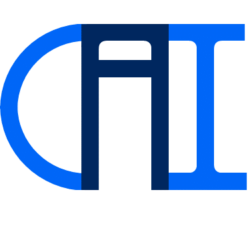Forecasting commodities science, knowledge and art
Forecasting commodities requires a combination of market intelligence, econometrics and technical skills. When brought together, the future is a little less unclear.
I use a combination of technical and macroeconomic methods to forecast commodity supply, demand or prices. Having worked at various forecasting companies (CRU, IHS Markit, Metal Bulletin), I can compare the strengths of the different methods – Fundamental analysis needs the market to act rationally. Something it does only in the longer-term and:
“The market can remain irrational longer than you can remain solvent”
A. Gary Shilling, Forbes (February 1993)
Technical analysis needs the market to act as it has done. Fine in the short run, but next year things could be different, and the forecast very out of date.
A combination of the different methods produces forecasts that combines available data, and smooths the differences. Technical analysis for the near future, econometric analysis for the medium term and fundamental analysis for the long-term. The right tool for the right time-frame.
A graphical representation of “How to forecast commodities”
Like hard, soft – Naive forecasting of wheat prices
Short-term forecasts can rely only on the historic price series. Various methodologies (e.g. Naive, moving average, exponential smoothing, ARIMA) can all be used to predict the short-term price developments of a commodity, without any other information. More complex methods, usually producing better forecasts, if the model is correctly made.
This is presentation that looks at how a 1 year forecast could be developed using technical analysis. Not a complete system, this is less a forecast and more a discussion of the increasing complexity that could be used to improve accuracy, Forecasting agricultural prices

